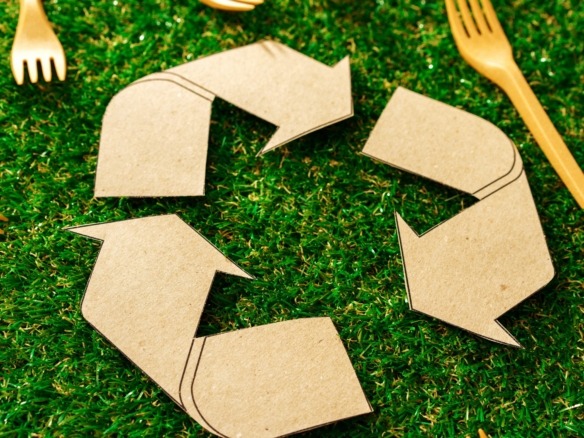5 Expert Tips For Mold Remediation
Mold, whether black or otherwise, can cause a great deal of harm to the environment. Not only is it unsightly, but it also tends to slowly ruin the surface on which it has grown. You’ve probably tried a lot of things, whether by your friends’ recommendation or someone else’s, that simply didn’t work. Well, don’t worry about it; there are, fortunately, lots of ways you can get rid of mold.
The first thing to consider is whether or not you should be calling in a professional such as Ferro Canada Mold Removal Toronto to handle the mold remediation for you. If the mold you’re dealing with is larger than 10 square feet, then a mold specialist should be your first option. If your mold problem is serious enough to require a professional, make sure you settle for nothing less than a #1 mold removal company.
If you’re dealing with mold covering a smaller area, then you can follow the tips below to get rid of it.
Use Ammonia for Surface Level Mold
Ammonia is a very potent mold killer. The only caveat to that is that it won’t work very well on mold growing on porous surfaces as it can’t penetrate and get at the mold underneath. You should also be careful with it as it is a toxic chemical. Under no circumstances should you let it come into contact with bleach as the mixture produces a lethal vapor known as mustard gas.
To use ammonia, mix 1 part ammonia with 1 part water in a spray bottle and spray the solution on the moldy areas. You should then leave the sprayed area for a couple of hours then come back to wipe and rinse it. Make sure you only use ‘clear ammonia’ when you mix ammonia with water yourself. Alternatively, you can get mold remediation products that already have ammonia mixed in and just follow the instructions on the label.
Use Bleach for Mold Abatement
Bleach, like ammonia, is another extremely powerful mold killer that will only work effectively on non-porous surfaces.
Just like ammonia, it cannot penetrate to the mold underneath a porous surface. To use bleach, mix 1 part bleach with 10 parts water in a spray bottle or bucket. You can then spray the solution on moldy, non-porous surfaces or wipe them with a washcloth dipped in the solution. Give it a few hours to do its work before you wipe and rinse the surface.
Use Vinegar as a More Mild Solution

Vinegar, while not as powerful as bleach or ammonia, is fairly effective, happens to be non-toxic, and will even penetrate porous surfaces. Simply pour some vinegar into a spray bottle without mixing it with any water and spray directly on the moldy surface. Leave the surface for about an hour before wiping it dry.
Use Borax for Porous Surfaces

Borax is a white mineral powder that is commonly used as a herbicide, pesticide, and fungicide and be great in situation where you’re flipping a home. It is quite effective against mold and will penetrate porous surfaces with ease. Mix 1 part borax with 10 parts water, dip a scrubbing brush into the solution and scrub the mold off the affected surface. You don’t have to rinse the borax off as it prevents any more mold from growing on that surface. Just let it dry in and settle.
Use Water and a Detergent for a Simple Fix

This is effective only when you’re cleaning the mold off of non-porous surfaces. The detergent won’t kill the mold, but if you scrub all of it off, it won’t get to grow on the surface again.
Remember, all of these methods are effective when you’re dealing with a small amount of mold. If it’s too much, you’re better off calling in a specialist to take care of it. Mold can be quite a headache, but it doesn’t have to be. All it takes is the right solution.





